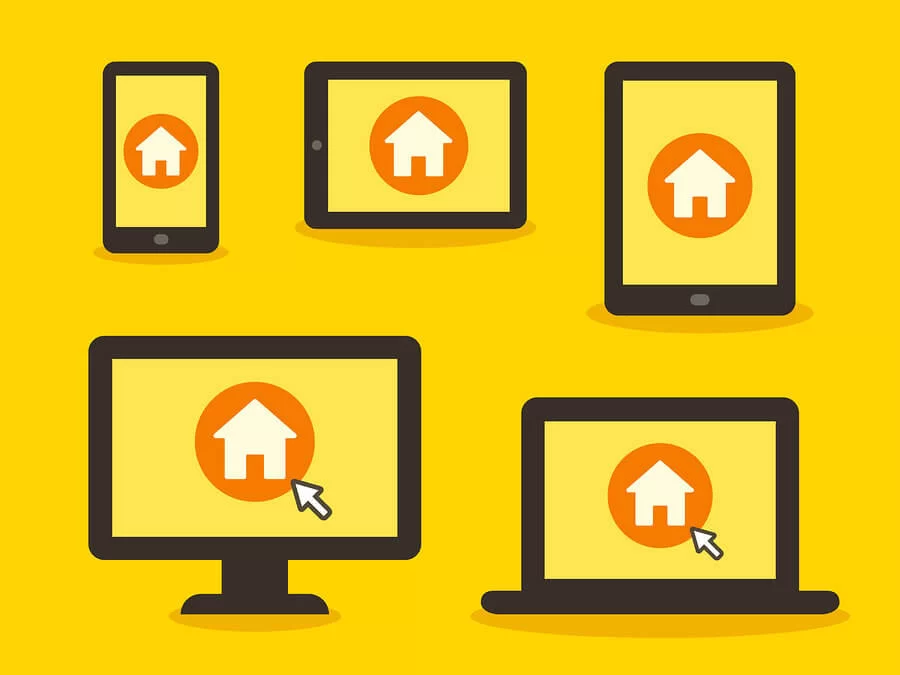The home page is the face of the website, the introduction, the point of entry, the jumping off point. In other words, it’s very important on several levels. Perhaps most important is that the home page gets more visitors than any other page, and it needs to invite the visitors to stay on the site, look around, learn more about you and your business and want to return. To understand how a home page can do all those things, let’s examine some of the various elements that result in a professional and well-designed home page.
Images
People have been saying, “A picture is worth 1,000 words” for more than 100 years. It’s as true today as it was when coined. Images do a dual service. They add visual interest to and “amp up” the overall design, and they provide information quickly and from a different perspective than the text.
Headline
The headline and sub-headline provide visitors with what you most what them to know about you and your business as quickly and as clearly as possible. Once the visitors are on your home page, you want them to explore your site to learn more about you. The headline grabs them; the sub-headline elaborates on the headline to urge them to continue on.
Navigation Bar
Once you’ve interested your visitors in staying, you need to make it easy for them to find their way around. This is the job of the navigation bar or menu. The navigation bar goes across the top of the page or down the left side of it. Either way, the bar is immediately visible, clearly labeled and consistent on all pages of the site.
Search Box
Maybe visitors want to look for something not mentioned on the home page. This is when the search box comes into play. It is usually (or should be) at the top right of the home page and every subsequent page. It has two parts: the field (box) and the search icon. The universal symbol for “search” is a magnifying glass. A visitor enters a term into the field and clicks on the magnifying glass.
Primary Calls to Action
Two to three calls to action (more than that is too distracting) can appear “above the fold.” That’s newspaper-speak that translates into the part of the home page that you can see without scrolling down. They are your chance to encourage visitors to become more involved by taking a specific action: sign up, buy, make an appointment, etc.
Content
Content is information that will engage visitors. The beautiful design may “wow” visitors, and they may find it easy as pie to get around your site, but neither of those things are going to get them to return again and again. They return for the content, they tell others about the content, and all a sudden you have a very popular website. Content needs to be original and accurate. The best content is thought-provoking.
Secondary Calls To Actionare
Secondary calls to action are “below the fold.” Visitors have to scroll down to see them. They are for the visitors interested but not ready to fully commit. You have another chance to keep their attention. For instance, they passed up a chance for a free trial; maybe they’ll go for a video demonstration. They didn’t want the e-book? Maybe they’ll want additional information.
Social Proof
Social proof is a way to assure visitors that your website is trustworthy. That can be through testimonials from or case studies of customers who have used your product or service, as long as the customer’s name and photo is included. You can also display trust seals received from the Better Business Bureau, a reputable company you are associated with or a security company that services your site.
Success Indicators
This is where you not only get to blow your own horn, you must. Cite any awards, recognitions and accomplishments. They may be in the quality of your product/service, the caliber of customer service, website design, community service or charitable donations. Make sure you give yourself the credit you deserve.
Privacy Policy Link
Your visitors want to be assured that you are not distributing or sharing their personal information with other websites or organizations. A privacy policy is usually extensive, so have a link to the policy on your home page. The link should open up a new tab, so that you aren’t “kicking” the visitor off your website.


